Introduction to the Purepecha Culture
An
introduction to the Purépecha culture
before making a visit to Pátzcuaro
is something that we recommend to our guests at Hotel Mansion Iturbe.
In this document written in 1541 by Fray Jerónimo de Alcalá, is a narrative of the history and customs of the Purépecha people, commissioned by Don Antonio de Mendoza, first viceroy of New Spain. The original document is in the library of San Lorenzo of the Escorial in Spain.
Start your trip to Lake Patzcuaro by investigating this ancient culture. You will discover and learn new things, but also expand your mind to enjoy even more of the great legacy of the Purépecha Culture.
Recent
disclosures about Angamuco, a former Purépecha city located near Lake Pátzcuaro (between the year 1000
and 1350), reveal that it had a similar number of buildings that Manhattan has,
in an area of 26 square kilometers. This only increases our desire
for more knowledge about the ancient Purépecha
culture.
So you can have a deeper experience in the region of the Lake Pátzcuaro, give yourself time to learn more about our history and understand more about the Purépecha culture, a culture that is still very much alive; you can feel it in their festivals, crafts, music, folklore, and gastronomy.
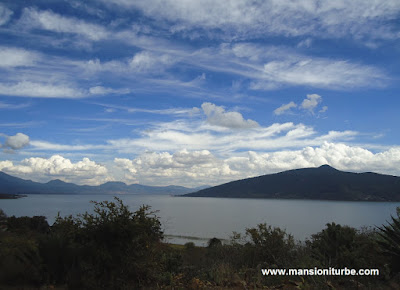 |
| Lake Patzcuaro, Michoacan, Mexico |
So you can have a deeper experience in the region of the Lake Pátzcuaro, give yourself time to learn more about our history and understand more about the Purépecha culture, a culture that is still very much alive; you can feel it in their festivals, crafts, music, folklore, and gastronomy.
Here
we share some of the documents that today are at our disposal to try to
understand a little more about this extraordinary culture, a fundamental pillar
of Michoacán identity.
The
Relación de Michoacán (Chronicle of Michoacán) is a valuable
document in the history of the pre-Columbian civilizations of the Americas, and
is fundamental to understanding the Purépecha
culture.
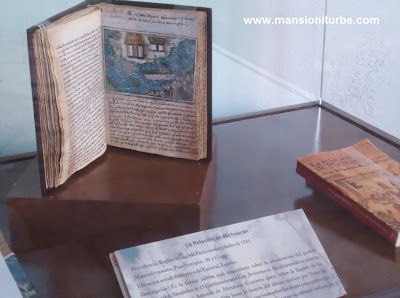 |
| The Relacion of Michoacan (Chronicle of Michoacan) |
In this document written in 1541 by Fray Jerónimo de Alcalá, is a narrative of the history and customs of the Purépecha people, commissioned by Don Antonio de Mendoza, first viceroy of New Spain. The original document is in the library of San Lorenzo of the Escorial in Spain.
The
official name of the manuscript is: "The chronicle of ceremonies, rites,
the peoples and Governments of the Indians of the province of Michoacán.” It is available
on line:
Additional
important information concerning the amazing Purépecha culture can be found in manuscripts and paintings. Here
we can see their customs, culture, economy, rituals and religious
ceremonies. Below are some examples:
Some
interesting 16th-century drawings and sketches on fabric (canvas)
survive today. The canvas of Jucutacato is an important document for
understanding the Purépecha culture.
Jucutacato is a community near Uruapan. This canvas relates to the village of
Jicalán, represented in 38 boxes of different sizes. It details the discovery
of copper mines.
1. Lienzo de Jucutacato (Jucutacato Canvas)
is one of the few pre-Columbian historical documents that has survived the
Spanish conquest. It is a mixture of mythical and historical data that also
serve to legitimize their claims of mines and natural resources, representing a
collective identity amidst other neighboring towns.
 |
| Jucutacato Canvas |
The
original document is located in the Mexican Society of Geography and Statistics
in the Mexico City. However, you can see a copy of it in the National Copper Museum of Santa Clara de el Cobre.
2. Lienzo de Carapan (Carapan Canvas)
dates from the 17th and 18th centuries. It
pertains to the Cañada de Once Pueblos (Glen of Eleven Villages); in the
municipality of Chilchota, and is used by the inhabitants of the community to
give legitimacy to their claims of communal lands. You can find the original
canvas in the Michoacán Regional Museum.
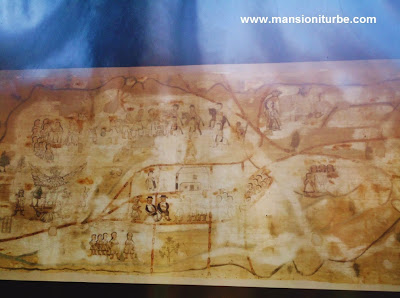 |
| Carapan Canvas |
3. Códice del Grupo Huapean (Codex
of the Group Huapean), is located in the Archivo General de la
Nación. It is a series of documents dated 1567. They
accuse the chieftain of Zinapecuaro Alonso Huapean, of extorting unjust taxes
from indigenous people.
4. Lienzo de Santa María Comachuén (Santa Maria Comachuen Canvas) is from the 17th century. It
remains in the community of the Purepecha plateau, in the municipality of
Nahuatzen, and is considered by its inhabitants as the most valuable testimony
of the defense of their lands.
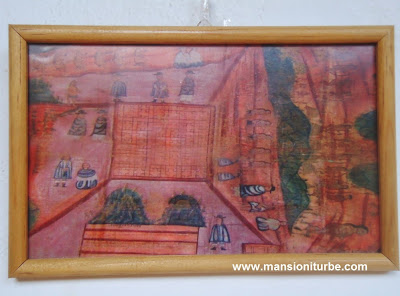 |
| Santa Maria Comachuen Canvas |
5. Códice de Huétamo (Codex of Huétamo)
is also of the 16th century. Princeton University (USA) is its home.
Made by the indigenous authorities of Cutzio in the Tierra Caliente (located in
the limits of Guerrero and the Balsas River), this codex is a pictorial
representation of the objects that were paid to the Spanish representative
Gonzalo Ruiz.
 |
| Codex of Huétamo |
Start your trip to Lake Patzcuaro by investigating this ancient culture. You will discover and learn new things, but also expand your mind to enjoy even more of the great legacy of the Purépecha Culture.
*Text
and pictures property of Hotel Mansion Iturbe in Pátzcuaro
We
invite you to check more post in our blog, you will find information about Patzcuaro and its surroundings that we hope will
be useful for you in your next trip to our colonial
town in Mexico.
Here
are some post that we suggest you:
Hotel Mansión Iturbe
Portal Morelos 59
Plaza Vasco de Quiroga
61600 Pátzcuaro, Mich.
México
Plaza Vasco de Quiroga
61600 Pátzcuaro, Mich.
México
For more information about our Hotel in Patzcuaro
Reservations online at Hotel Mansion Iturbe
Tels: +52 (434) 342 0368 / 342 3628
Fax: +52 (434) 342 3627
Toll Free fax number from USA & CANADA: 1 866 678 6102
Reservations online at Hotel Mansion Iturbe
Tels: +52 (434) 342 0368 / 342 3628
Fax: +52 (434) 342 3627
Toll Free fax number from USA & CANADA: 1 866 678 6102
GDS CODES:
Amadeus: ON MLMMAN
Sabre: ON 16297
Sabre: ON 16297

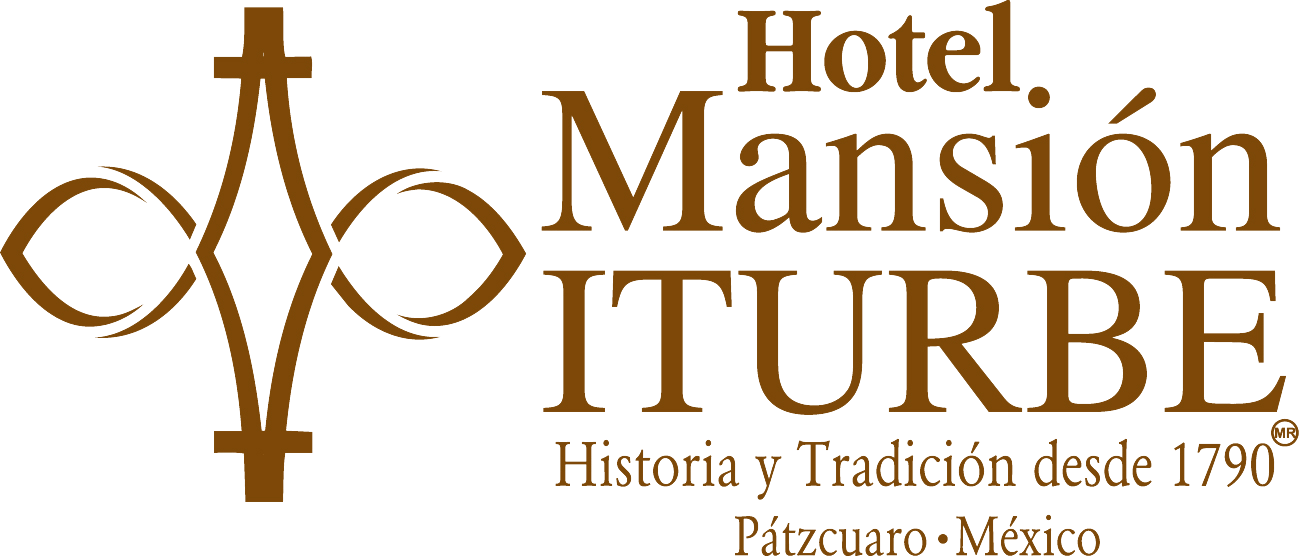







Comentarios